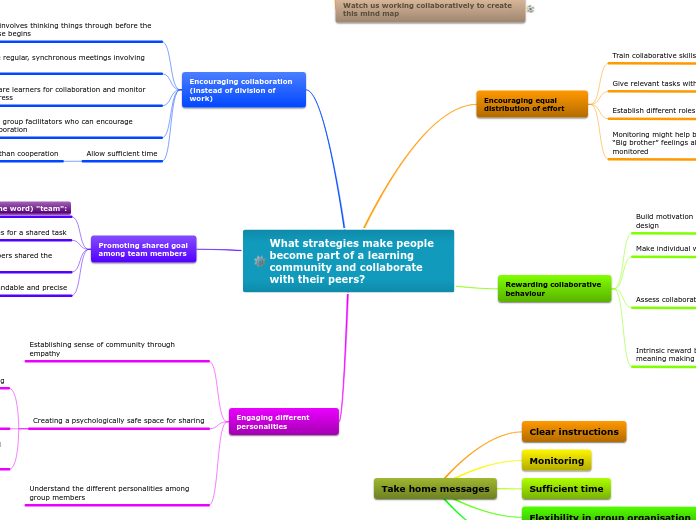realizată de Victoria Marin 5 ani în urmă
230
What strategies make people become part of a learning community and collaborate with their peers?

realizată de Victoria Marin 5 ani în urmă
230

Mai multe ca acesta